
The phase 3 trial will include a double-blind period evaluating the safety and efficacy of cannabidiol (Epidiolex) for 14 weeks, followed by an open-label extension lasting 54 weeks.

The phase 3 trial will include a double-blind period evaluating the safety and efficacy of cannabidiol (Epidiolex) for 14 weeks, followed by an open-label extension lasting 54 weeks.

Following positive phase 3 findings, a second study featuring more than 300 patients will aim to confirm PXT3003’s effect in patients with Charcot-Marie-Tooth disease type 1a.

Mendelian randomization analyses identified a significant association between genetically determined chronic kidney disease and intracerebral hemorrhage risk, supporting a causal association between the 2 conditions.

The investigational therapy is a twice-daily injectable identical formulation of the protein ghrelin, being assessed in a 2-part trial including individuals who are highly symptomatic within 28 days of brain injury.
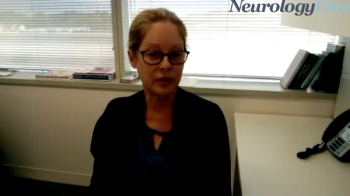
The molecular biologist at the Cleveland Clinic Lerner Research Institute discussed research on the use of GFAP and sTREM2 in discerning dementia with Lewy bodies from Alzheimer disease. [WATCH TIME: 4 minutes]

Joseph E. Sullivan, MD; Kelly Knupp, MD; Mary Anne Meskis; and Tracy Dixon-Salazar, PhD, share insight into the patient and provider journey of LGS and Dravet syndrome, from diagnosis through treatment.
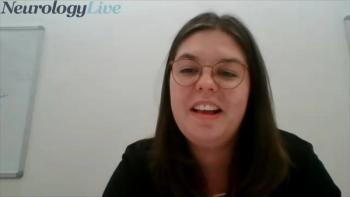
The postdoctoral researcher at King’s College London provided background on why gene therapies have not seen as much success in treating ALS, and the need for additional validation of genetic mutations. [WATCH TIME: 3 minutes]

The correction in Muscle & Nerve resulted in a statistically significant treatment difference of more than 2 points for average change from baseline in ALSFRS-R in the prespecified efficacy subgroup of with a baseline score of at least 35.

Data assessing samples of deep cervical lymph node aspirates and blood suggest that germinal center activity was associated with clinical relapses in individuals with neuromyelitis optica spectrum disorder.

The Edward F. and Barbara A. Bell Family Endowed Chair at Cleveland Clinic discussed seamless adjustment made by patients with Parkinson disease to virtual reality, and the benefits it may bring to care. [WATCH TIME: 4 minutes]

Identified implications of the endocannabinoid system in migraine physiology suggest that this pathway might hold therapeutic potential for some headache disorders.

The postdoctoral researcher at King’s College London provided insight on the immunologic differences between genes linked with ALS, and the important aspects to consider for gene-targeted therapies. [WATCH TIME: 3 minutes]

The director of the Women’s Alzheimer’s Movement Prevention Center at Cleveland Clinic discussed new research which looked at the differences in functional connectivity for men and women of older age.

Data suggest that long-term treatment with immunosuppression therapies, such as rituximab, is generally appropriate for patients with neuromyelitis optica, though transverse myelitis might indicate a higher risk of relapse post discontinuation.
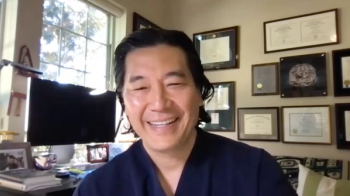
The coauthors of a study assessing costs associated with unused disease-modifying therapies shared their insight into the extended effects of unused treatments in MS, including the importance of transparency between physician and patient. [WATCH TIME: 12 minutes]

Neuromuscular medicine has entered an era of genetic therapy, opening the doors to questions about possible combination approaches and earlier initiation of treatment.

The AAV1 gene therapy, PBFT02, is being assessed in a phase 1/2 trial called upliFT-D (NCT04747431), which is planned to take place over the course of 24 months in patients with frontotemporal dementia with granulin mutations.

Clene Nanomedicine’s gold nanocrystal suspension treatment showed significant improvements in Low Contrast Letter Acuity and Multiple Sclerosis Functional Composite scores among individuals with relapsing multiple sclerosis.

In the first report evaluating transcutaneous auricular VNS in patients with Parkinson disease, significant changes were observed in stride length, swing amplitude, gait speed, and gait time.

The postdoctoral researcher at King’s College London discussed the mechanistic role SARM1 gene mutations play in the development and progression of ALS. [WATCH TIME: 3 minutes]

Despite the availability of medications to relieve OFF episodes in Parkinson disease, widespread adoption of on-demand therapies has been less-than-ideal, marking the need to shift the treatment paradigm in PD.

The Edward F. and Barbara A. Bell Family Endowed Chair at the Cleveland Clinic provided an overview of the Cleveland Clinic Virtual Reality Shopping platform, a virtual reality tool for Parkinson disease. [WATCH TIME: 5 minutes]

Here's some of what is coming soon to NeurologyLive® this week.

After failing to show statistical significance in a cohort of children, teriflunomide, the disease-modifying medication observed in the analysis, had compelling evidence to suggest it was efficacious in that age group following the Bayesian approach to analysis.
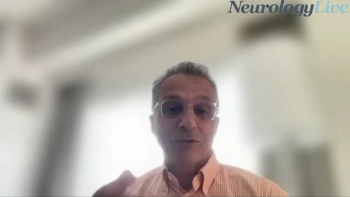
The chief medical officer and cofounder of Linus Health discussed how changes in voice may help serve as early indicators for late-life cognitive deficits. [WATCH TIME: 3 minutes]

Test your neurology knowledge with NeurologyLive®'s weekly quiz series, featuring questions on a variety of clinical and historical neurology topics. This week's topic is multiple sclerosis.

Vesna Garovic, MD, PhD, chair of the nephrology division at Mayo Clinic, discussed the appropriate reaction to data suggesting late-life elevated inflammation and neurovascular damage from severe preeclampsia.

The field of Alzheimer disease has entered a new era of earlier detection, creating an opportunity to redefine treatment and the clinical care of patients.

Neurology News Network for the week of August 13, 2022. [WATCH TIME: 4 minutes]
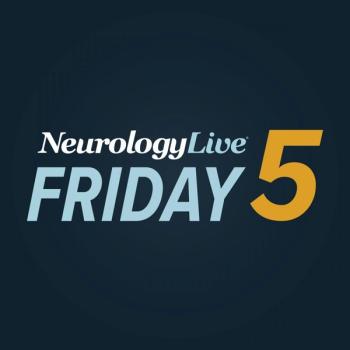
Take 5 minutes to catch up on NeurologyLive®'s highlights from the week ending August 12, 2022.